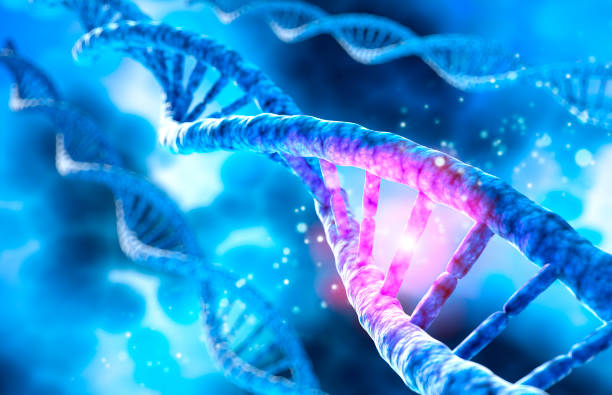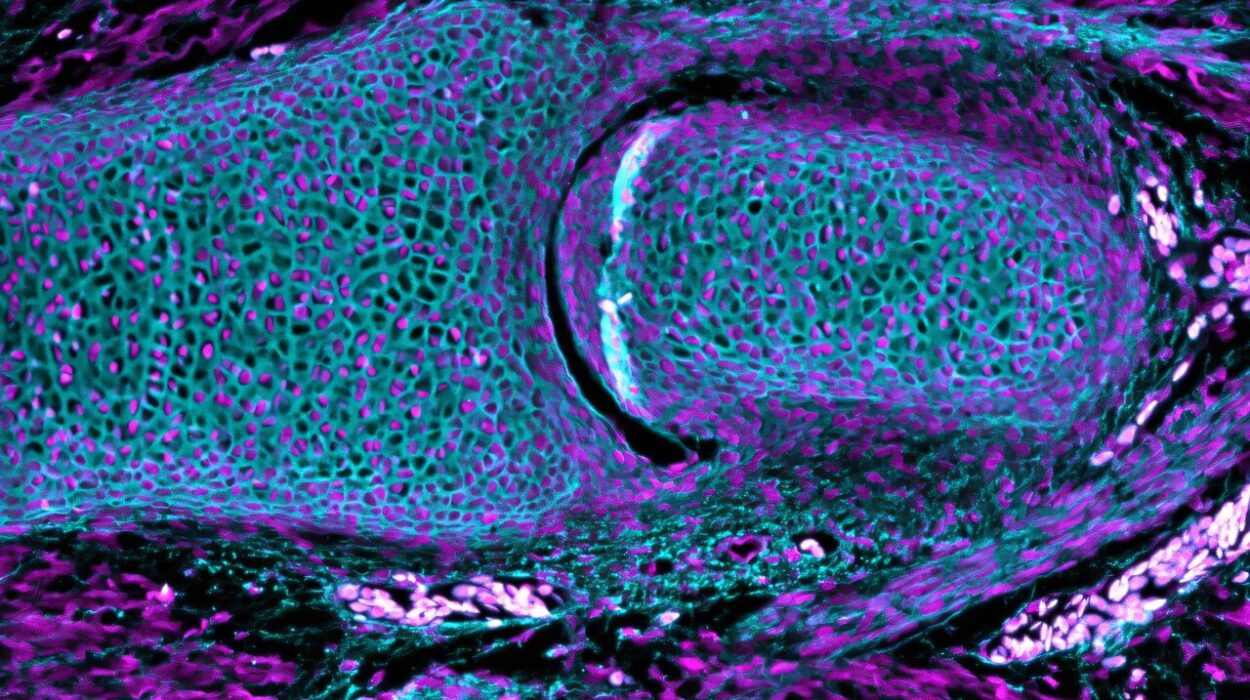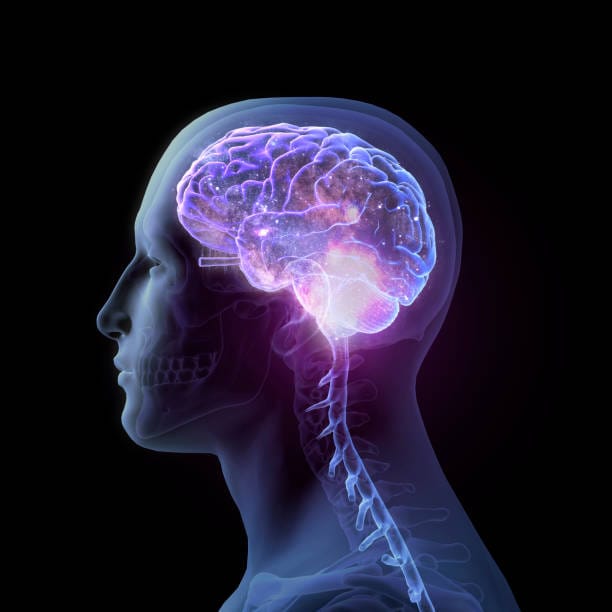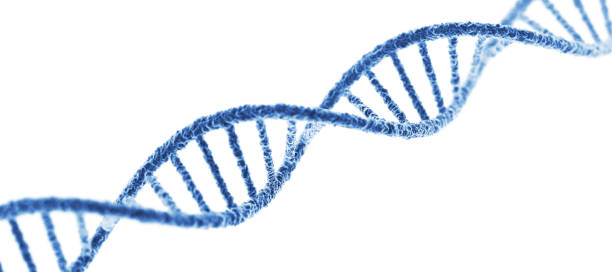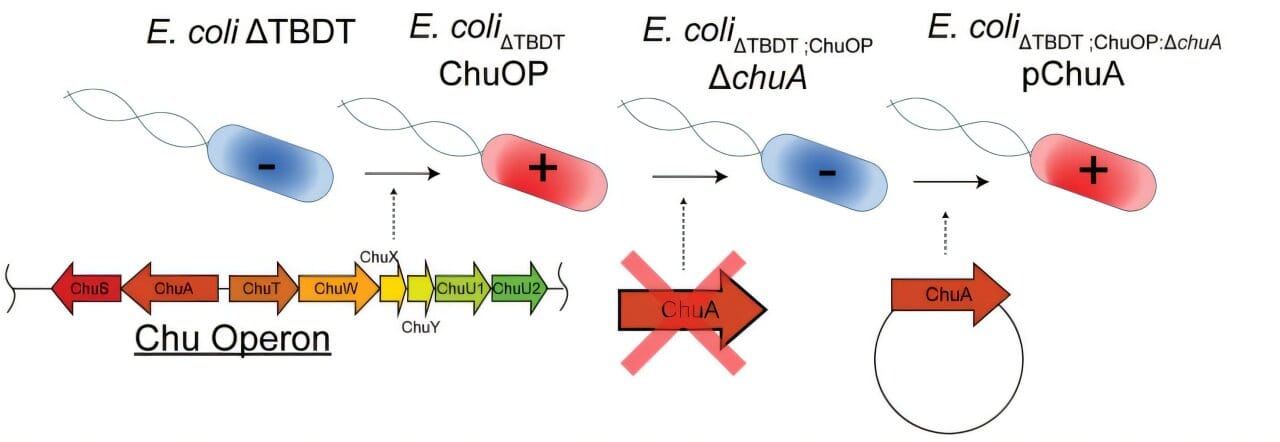In a bold step toward understanding DNA as it exists in living cells—not in the sanitized environment of a laboratory—scientists at Northwestern University have challenged a long-standing assumption about one of life’s most essential processes: DNA strand separation. Their findings reveal that it may require significantly more mechanical force to unzip the DNA double helix in its natural, densely packed cellular habitat than previously believed. This discovery could rewrite much of what we thought we knew about the mechanics of DNA replication, repair, and expression.
DNA in the Real World vs. the Lab
Traditionally, biochemists have studied DNA in relatively ideal conditions: isolated in water-based solutions, free from other biomolecules, and often heated to over 150°F to separate its two strands. While effective for laboratory manipulation, these methods ignore the reality that inside a living cell, DNA doesn’t float freely in a diluted solution—it’s surrounded by a molecular jungle teeming with proteins, enzymes, RNA, and structural complexes.
“The interior of the cell is super crowded with molecules, and most biochemistry experiments are super uncrowded,” said John Marko, a professor of molecular biosciences and physics at Northwestern’s Weinberg College of Arts and Sciences. “You can think of extra molecules as billiard balls. They’re pounding against the DNA double helix and keeping it from opening.”
In other words, DNA in vivo—inside a cell—is under constant mechanical stress due to molecular crowding. Yet, until now, the exact effects of that crowding on DNA mechanics were largely unknown.
A Closer Look with Magnetic Tweezers
To investigate DNA’s behavior under more realistic conditions, Marko and postdoctoral researcher Parth Desai employed a delicate yet powerful tool: magnetic tweezers. These microscopic devices allowed them to grasp individual DNA molecules at both ends—anchoring one end to a surface and attaching the other to a magnetic bead. By manipulating magnetic fields, they could apply precise forces to stretch and twist the DNA, mimicking the unwinding required for replication or repair.
This method is not new—Marko was among the first to theorize and use it nearly 25 years ago—but this time, the duo added a novel twist. They introduced various small molecules into the solution to simulate the crowded environment inside a cell. Their goal? To quantify how molecular crowding alters the mechanical stress required to separate DNA strands.
Simulating the Crowded Cell
Desai selected three types of molecules: glycerol, ethylene glycol, and polyethylene glycol. Each molecule is about the size of a DNA double helix—roughly 2 to 3 nanometers—and represents different aspects of cellular crowding.
“We wanted to have a wide variety of molecules where some cause dehydration, destabilizing DNA mechanically, and then others that stabilize DNA,” Desai explained.
Glycerol, for example, competes with DNA for water, effectively dehydrating the helix and destabilizing it. On the other hand, polyethylene glycol adds volume to the solution without competing for water, acting more like the crowding proteins found in real cells. Ethylene glycol falls somewhere in between.
These simulations aren’t perfect replicas of the intracellular environment, but they serve as useful analogs for how real biomolecules interact with DNA. “You could imagine that other competing proteins in cells will have a similar effect,” Desai said. “If they’re competing for water, for instance, they would dehydrate DNA, and if they’re not competing for water, they would crowd the DNA and have this entropic effect.”
More Force Required Than Previously Believed
So, what did they find? Quite simply, it takes more force to separate DNA strands in a crowded solution than in a clean, diluted one. In quantifiable terms, the threshold force needed to unzip DNA increases in the presence of crowding agents—sometimes significantly.
This might sound like a technical detail, but it’s a revelation that could ripple through multiple fields, from molecular biology and genomics to medicine and biotechnology. DNA strand separation is not only central to replication and repair but also to processes like transcription, where RNA is synthesized from DNA templates, and to genome editing techniques such as CRISPR.
Implications for Medicine and Biotechnology
“While fundamental, research like this has been the basis for many, many, many medical advances,” Marko said. Indeed, understanding the true mechanics of DNA can sharpen the tools scientists use for genetic diagnostics, therapy, and manipulation.
Take genome sequencing, for example. Modern techniques can now decode the entire human genome in less than a day—a stunning achievement made possible by decades of work on DNA physics and chemistry. But if our fundamental understanding of DNA mechanics is incomplete or skewed by unrealistic lab conditions, then our tools and methods might also be operating under flawed assumptions.
“If this affects DNA strand separation, all protein interactions with DNA are also going to be affected,” Marko noted. “For example, the tendency for proteins to stick to specific sites on DNA and to control specific processes—this is also going to be altered by crowding.”
That means everything from gene regulation to DNA repair enzymes might behave differently in crowded versus uncrowded environments.
Toward a True Cellular Model
The next steps for the Northwestern team are equally ambitious. Marko and Desai hope to build even more complex simulations of the intracellular environment. By combining multiple crowding agents and potentially including actual cellular components like nucleosomes and chromatin structures, they aim to develop a more authentic model of how DNA functions inside living organisms.
This direction could open the door to a new era of biophysics, one that seeks to replicate—not simplify—the complexity of life. “Our goal is to model the cell’s interior as accurately as possible,” Marko said, “and then investigate how enzymes, repair proteins, and regulatory elements behave in that more realistic environment.”
Rethinking DNA as a Dynamic Machine
What emerges from this research is a striking new vision of DNA—not as a passive, stable molecule simply waiting to be read, copied, or repaired, but as a dynamic, flexible structure constantly contending with physical forces, molecular noise, and environmental stress.
It’s not just the code of life. It’s a molecular machine operating in a world of friction, pressure, and competition. And like any machine, its performance depends not only on its internal mechanisms but also on the external conditions under which it runs.
By zooming out to consider the DNA’s native environment, Marko and Desai are changing how scientists see the blueprint of life. In doing so, they remind us that biology is not only about what happens, but where and how it happens.
The Bigger Picture
At its core, this study reveals that context matters—perhaps more than we thought. For decades, scientists have treated DNA as if it lived in a test tube, and many of our breakthroughs have come from that view. But as we shift toward precision medicine, synthetic biology, and increasingly sophisticated bioengineering, understanding DNA in its true context becomes essential.
In the same way that weather models must account for atmospheric pressure and wind patterns, biological models must include crowding, competition, and entropic forces. Without them, we’re only seeing half the picture.
And with the tools now available—like magnetic tweezers, high-resolution imaging, and biochemical crowding simulations—we can begin to fill in the rest of the canvas.
Marko and Desai’s work isn’t just a new chapter in DNA research. It’s the start of a new story altogether—one where the environment isn’t just the backdrop, but a co-author of life’s unfolding script.
Reference: Parth Rakesh Desai et al, Molecular Crowding Suppresses Mechanical Stress-Driven DNA Strand Separation, Biophysical Journal (2025). DOI: 10.1016/j.bpj.2025.04.024

